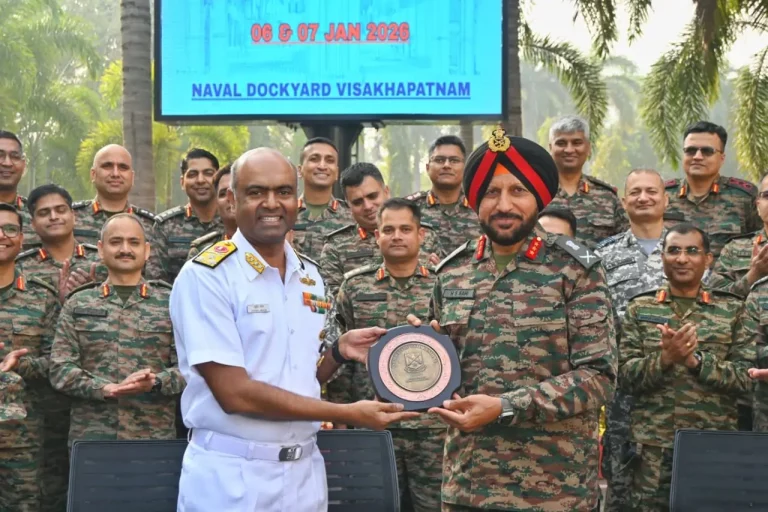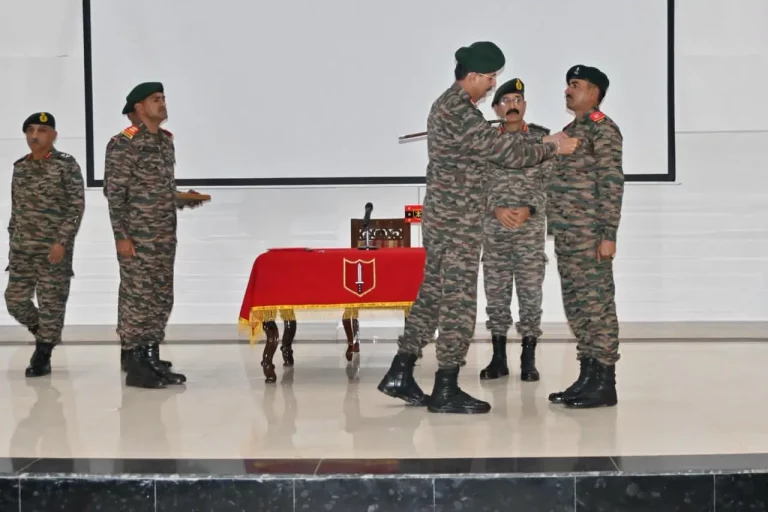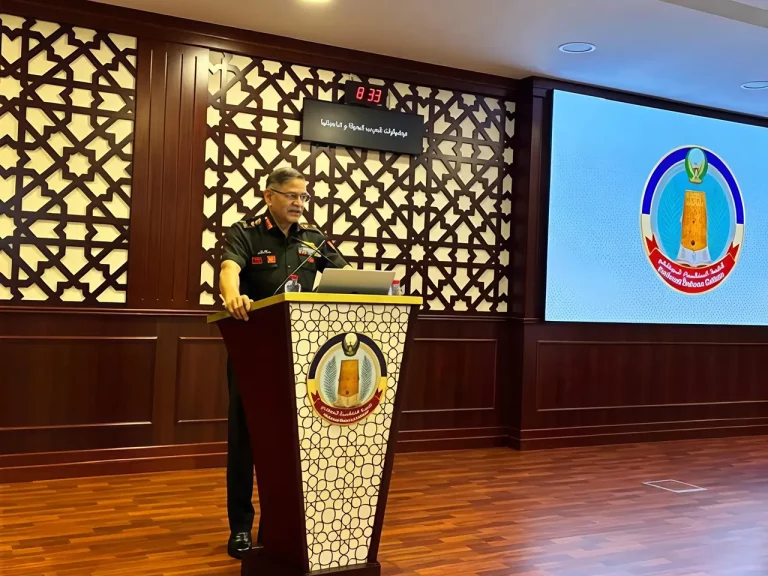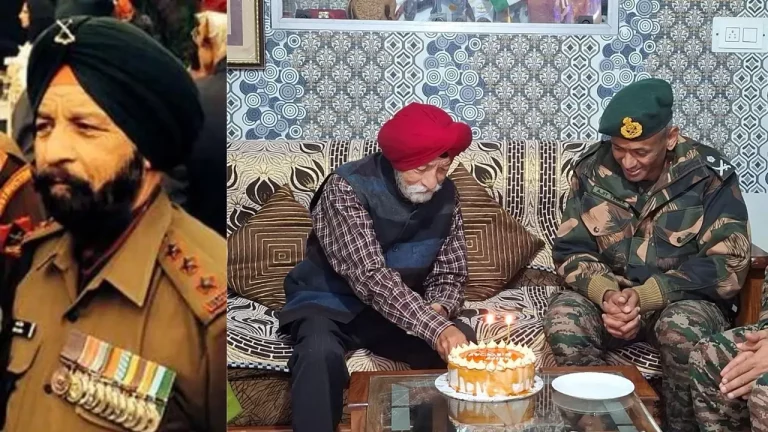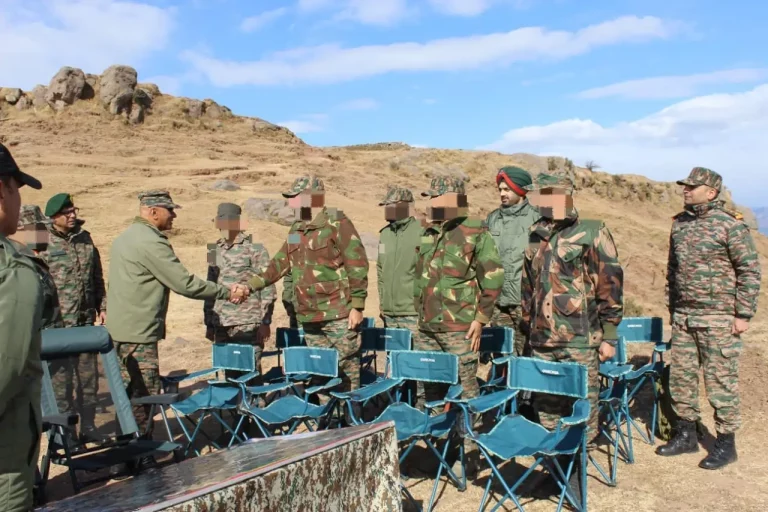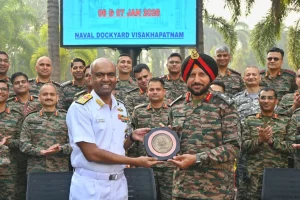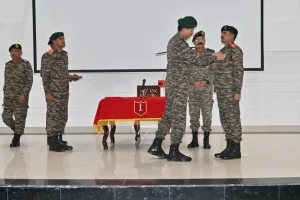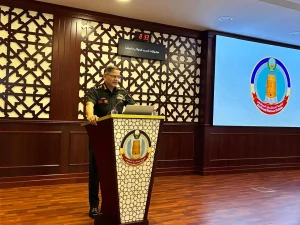The Indian Air Force (IAF) is preparing to say a final goodbye to its legendary MiG-21 Bison fleet by the end of 2025, a significant milestone that brings to the forefront the inspiring journey of Air Commodore Surendra Singh Tyagi (Retd.). At 83 years old, Tyagi has carved his name into aviation history as the pilot with the most flying hours on the MiG-21, amassing an impressive 4,306 hours and 6,316 sorties throughout his distinguished career.
As the retirement date approaches, Tyagi has expressed a poignant desire to take one last flight in the MiG-21. In a heartfelt phone call from his home in Jamnagar, Gujarat, he shared, “This is one request which I will be making to the Chief of Air Staff, Air Chief Marshal A.P. Singh, whom I shall be meeting very soon.”
Tyagi’s connection with the MiG-21 is renowned within the IAF community. His exceptional record earned recognition from the Russian government in 2013, and he was honored with a trophy presented by the Russian ambassador. Additionally, the IAF acknowledged his achievements with a golden plaque, and he received accolades from former Prime Minister P.V. Narasimha Rao in 1993.
Reflecting on his extensive experience, Tyagi stated, “I never flew for myself. You flew for the people with you, and you gave them whatever positive things you learnt.” This philosophy has made him not only a revered pilot but also a mentor, shaping and inspiring generations of IAF aviators.
The MiG-21 has been a foundational pillar of Indian air power since its introduction in 1963. The aircraft has played significant roles in the 1965 and 1971 wars, as well as the Kargil conflict, undergoing several upgrades to maintain its combat readiness. The MiG-21 Bison, introduced in the early 2000s, equipped the platform with modern radar and missile capabilities, extending its operational lifespan into the 21st century.
However, the aircraft’s legacy is marred by a concerning safety record, with over 400 crashes reported since its induction, leading to a reputation as the “flying coffin.” The IAF has been gradually phasing out the MiG-21, transitioning to advanced jets like the Tejas, Rafale, and the upcoming Advanced Medium Combat Aircraft. The last squadron, No. 3 “Cobras,” based in Nal, Rajasthan, is anticipated to retire by late 2025.
Tyagi’s request for a final flight is emblematic of his profound bond with the MiG-21, and while the prospect of piloting solo at his age may be constrained by medical and operational limitations, a ceremonial sortie in a two-seat MiG-21 trainer with a current IAF pilot remains an achievable tribute. Such an event would not only honor Tyagi’s decades of service but also acknowledge the pivotal role the aircraft has played in the history of Indian military aviation.
Tyagi’s journey echoes the story of the IAF itself; he first piloted the MiG-21 during its prime as one of the world’s most advanced fighters, capable of competing with the likes of Pakistan’s F-86 Sabres and F-104 Starfighters. Over the years, he has witnessed the aircraft’s evolution and its impact on India’s air dominance. His anticipated final flight stands to commemorate a lifetime dedicated to serving the nation and marks a bittersweet farewell to an aircraft that has been a significant part of India’s military narrative.
